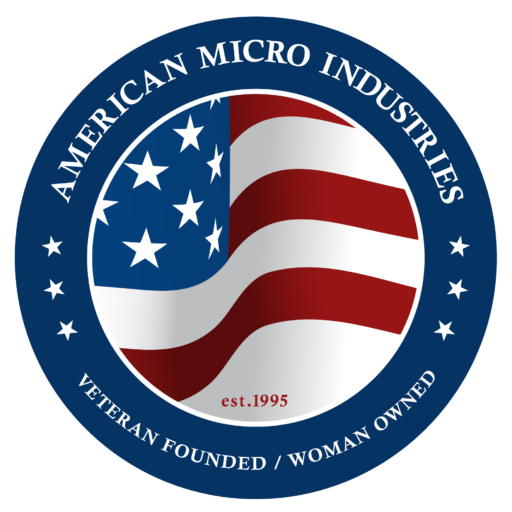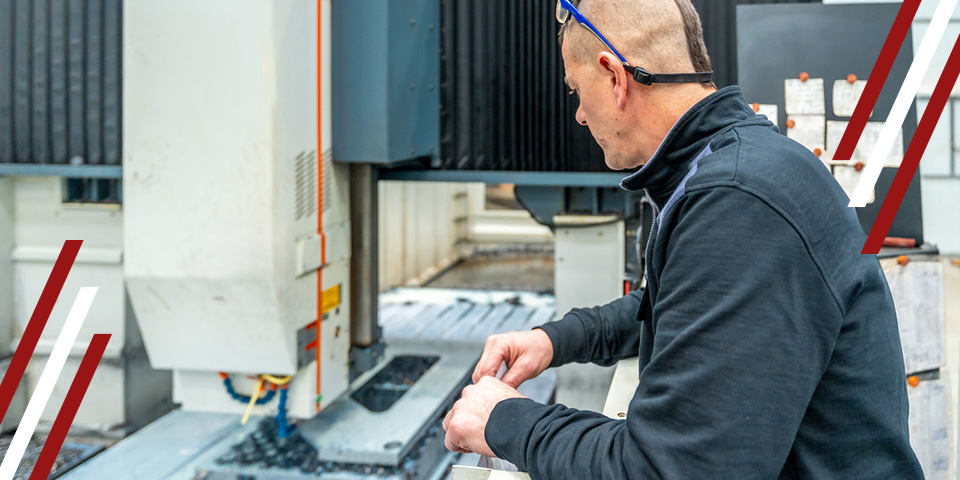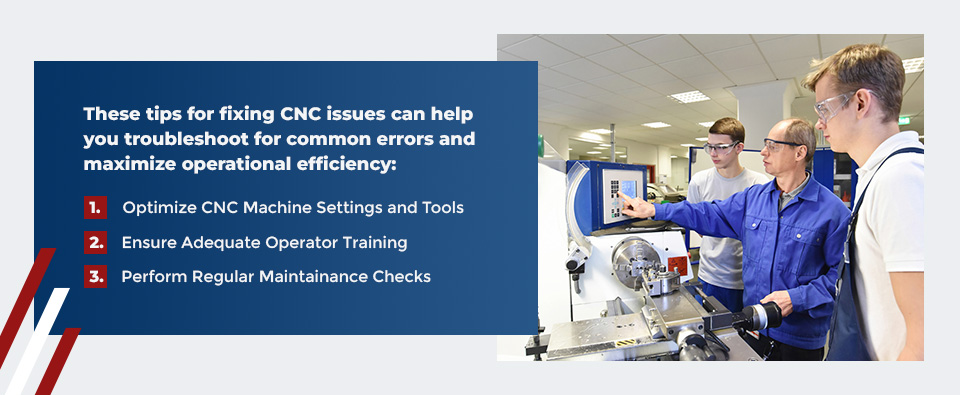

CNC machining is an extremely precise way of cutting and generating parts, as it uses computer programming to control tool movement while generating parts. While CNC machining has revolutionized industrial processes, the machines are not immune to occasional problems that interrupt operations and lead to downtime.
The benefits of CNC machining — including high reliability, accuracy and efficiency — make solving CNC machining problems paramount. If your CNC machining processes run into any issues, the downtime and loss of revenue from being unable to produce parts or producing defective parts can be enormous.
By understanding CNC equipment and the essentials of CNC machine troubleshooting, you can optimize the process to reduce errors and improve results.
Learn About Our CNC Machining Services
CNC equipment problems can affect several processes, including milling, turning, drilling, grinding, sawing and finishing operations like polishing and brushing. In order to keep your operations moving smoothly, you should be aware of the factors that can contribute to CNC problems.
Common issues in CNC machining include:
Learn About Our CNC Machining Services
Depending on the issue, resolving problems with CNC machines can be straightforward or require expert input. It’s important to assess the situation and determine the best course of action before immediately attempting to fix the problem yourself — often, a CNC machine professional is necessary to provide the best guidance.

These tips for fixing CNC issues can help you troubleshoot for common errors and maximize operational efficiency:
If you notice mechanical issues like overheating, noise or chatter, dimensional inaccuracies, surface defects, and excessive wear and tear, they may be related to the following:
Both speed rate and spindle speed impact various aspects of CNC machining, including wear and tear. Without the right feed rate and spindle speed, excessive strain can impact your tools and affect the accuracy, efficiency and longevity of your machinery. Optimizing feed rate and spindle speed for your applications can help you avoid many CNC machine issues.
Additionally, operators should have a clear understanding of the parameters set for different processes and be able to select quality tools that fit each application properly. Implementing robust documentation and work policies can also help ensure consistent, high-grade results.
Remember that empowering your team of operators with the knowledge and skills they need is one of the best strategies for troubleshooting CNC machine issues.
In particular, sufficient operator training is imperative for reducing programming errors. Anyone operating CNC machines should follow standard programming conventions and use reliable and compatible software at all times. For example, they can address some programming errors by carefully checking code for issues with syntax, calculations and logic and then restarting the program.
The field of CNC machining is ever-evolving, so even if you have highly experienced operators, regular training programs are essential. By enrolling operators in training programs that develop skills and share the latest updates and innovations in CNC machining, they can stay at the top of their field and avoid issues due to a lack of expertise.
Learn About Our CNC Machining Services
As with all machinery, maintenance is crucial for optimal performance and CNC machining quality control. Scheduling routine checks is a powerful way to prevent issues and downtime. Additionally, preventative maintenance should be an integral part of operator training as it includes daily, monthly and even yearly tasks.
CNC machining maintenance typically includes — but is not limited to — the following processes:
Depending on the environment your CNC machine operates in, it may be necessary to complete some maintenance tasks more frequently than others. Adapt the above ideas to your specific machine and processes for the most effective results.
Understanding how to troubleshoot for CNC machining can mean the difference between significant downtime and the ability to maintain operations as usual. By knowing some common problems operators face and how to resolve them, you can optimize the efficiency of your operations and the longevity of your machines.
If you find yourself dealing with constant CNC machining issues, it may be time to turn to a reliable manufacturer that can take care of the CNC manufacturing process for you. American Micro Industries has supplied premium made-to-order components across sectors since 1995. Our specialties include CNC machining, laser cutting and plastic machining, and you can rely on us for custom parts and hard-to-find replacements with fast turnaround times and quality customer service.
Contact our expert team to explore our CNC machining solutions and services.